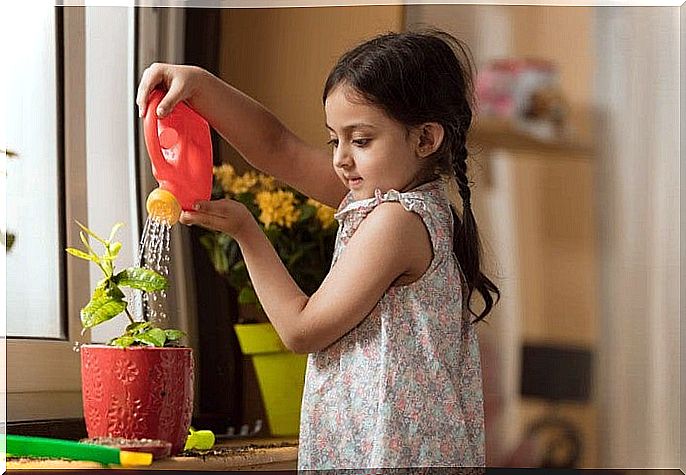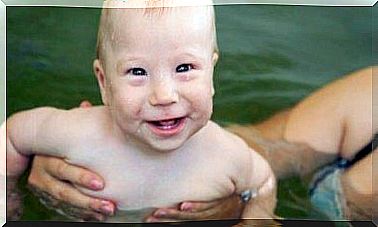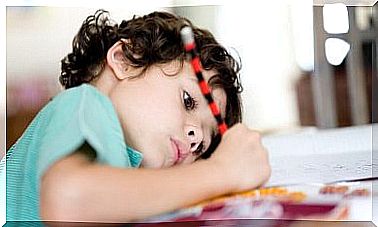Raising A Child Independently With The Montessori Method

When a child feels safe, he or she eventually stops seeking approval from the people he or she encounters. This idea by Maria Montessor is a simple example of how raising a child to be independent and happy is very much up to the parents.
However, there are many people who do not share this idea left as a legacy by a famous Italian educator. Principles that emphasize a child’s intellectual and physical intelligence are easily perceived as risky.
For many people, it is a foreign idea to let a child create and find their own way of learning. However, this issue needs to be looked at from the right perspective, as it is not about letting go of a child and giving him or her full freedom.
As adults, we are child’s guides that can help a child search and find their full potential. Every child has their own pace and needs for learning that should be respected. One must be able to be intuitive towards them in order for the child to develop into a harmonious and, above all, a happy whole.
In addition to wanting to maximize our child’s development, we also want the child to grow into a responsible and independent person. When we talk about independence, we don’t mean that a 6-year-old should behave like a 10-year-old. Instead, we want the child to grow empowered and to understand the responsibilities appropriate to their age. Reaching the goal is a challenge, but during the journey we grow older.
Raising a child to be independent – key factors

Let’s start with a simple but important piece of advice. Raising a child to independence is only possible by giving him or her autonomy. We know that the idea of autonomy may cause problems among some mothers and fathers.
Does this mean that we should give our child the freedom to do anything? Of course not. It’s about trusting the child and letting the child grow within age and individual traits.
There are mothers and fathers who do everything for their children ; tie shoelaces, clean toys, pack the backpack ready for school, comb the child’s hair and put the clothes on the child. Everything has its limits, its balance and its purpose.
At some point, the child should start taking responsibility and stop being a baby. This makes the child make their own demands. Therefore, it is important to make it clear to the child in good time that growing up and being independent means responsibility. In order for a child to be responsible, he or she must show what he or she is capable of.
In the following, we present strategies based on Maria Montessor’s methods.
Strategies for 2-3 year olds
Maria Montessori established the concept of periods of sensitivity.
During the period of sensitivity, the child has the maximum potential to learn a skill, and during this time the child is at its most receptive. Parents then have the best opportunity to guide and guide their child.
- A child’s second and third years of age are a really special time. The child begins to communicate, ask questions, explore the world, and touch things.
- During this time, it is good to give the child responsibility, but the parent should monitor the child’s actions.
- The child may begin to dress himself, and he should learn to put his toys in place, help cover the table, take responsibility for his belongings, and take care that they do not break.
- It is the responsibility of the parents to teach the child to participate in household chores. The child is part of the family and the home, and it is important for him or her to learn that all family members have responsibilities.
Strategies for 4-6 year olds
When your child reaches this age, it is important to teach him or her the rules of the home. It would be good for a child to do certain things according to their abilities.
- The bathroom can be equipped with a stool that allows the child to see himself in the mirror, and he can comb his hair, brush his teeth and take care of himself.
- Montessori recommended that the child be developed in every aspect of everyday life. It would be ideal for a child to start tinkering in the kitchen – under the watchful eye – for example, preparing their own breakfast, pouring cereal into a bowl or stacking a salad.
- The child should feel that his or her participation in the tasks is useful and that he or she is able to do his or her tasks well.
Raising a child to be independent requires positive reinforcement from the parents. The mental support provided by the parent helps the child grow up happy and feel safe.
Strategies for 7-8 year olds
Developments between the ages of 2 and 8 are most significant for a child’s life. During this period, the child should establish the foundation of his or her self-esteem and identity and, above all, learn self-direction. These aids help the child grow and feel useful, capable and independent.
- At this age, a child is already able to do many things. It may also be that the child thinks they can be and do more than they actually can. It is necessary to encourage the child, but also to give him advice.
- At this age, the child should already be fully responsible for their own belongings, both at home and at school. The child should also prove to their parents that they are worthy of trust. With this trust, the child grows more independent.
It should be remembered that not all children mature in the same way and on the same schedule. As a result, certain responsibilities cannot be left to a child who is not yet able to take on the necessary responsibilities.
Things must not be forced. For example, if an 8-year-old child is very distracted, restless, and unable to concentrate, he or she cannot be given the responsibility of preparing his or her own lunch and packing it in a backpack. He would probably forget to do so.
The parent should supervise the child’s activities subtly and tenderly. Little by little and day by day the child develops and achieves great things all by himself.









